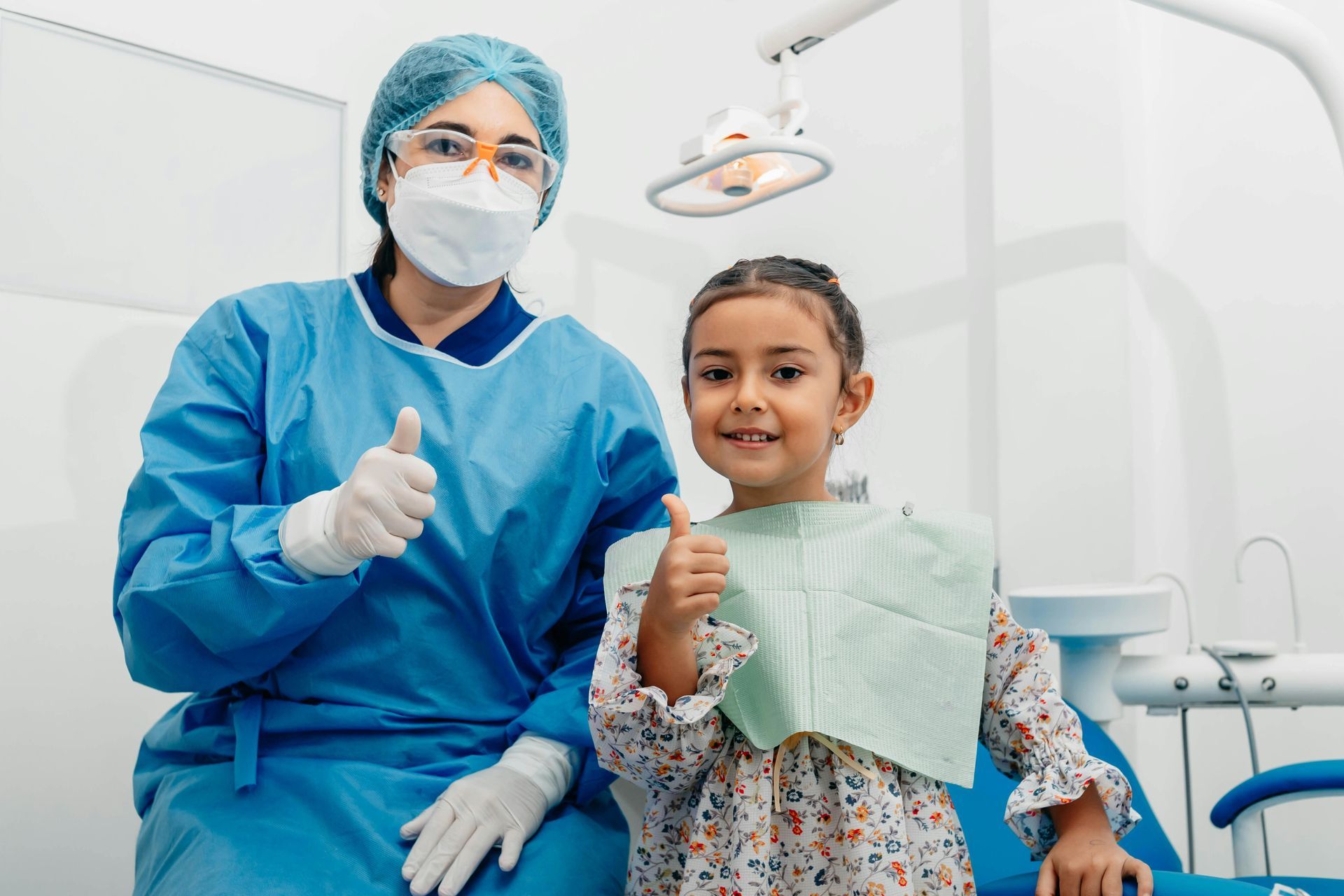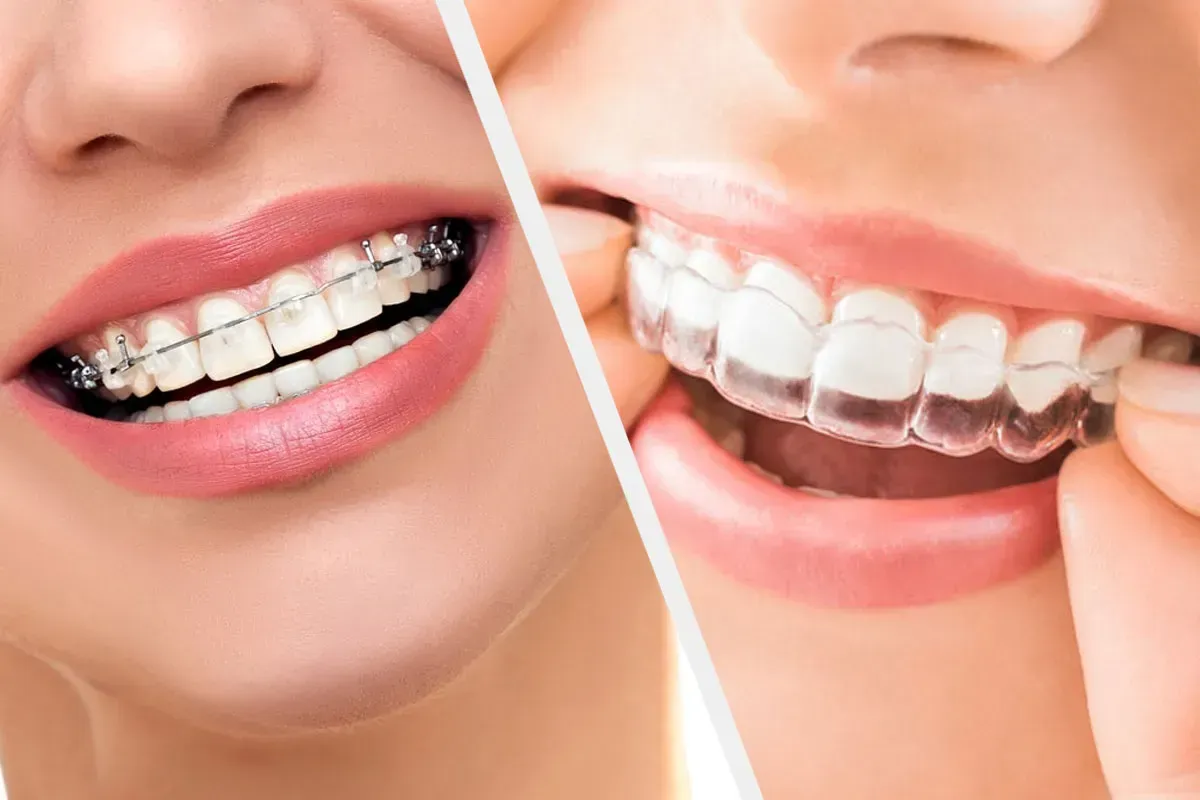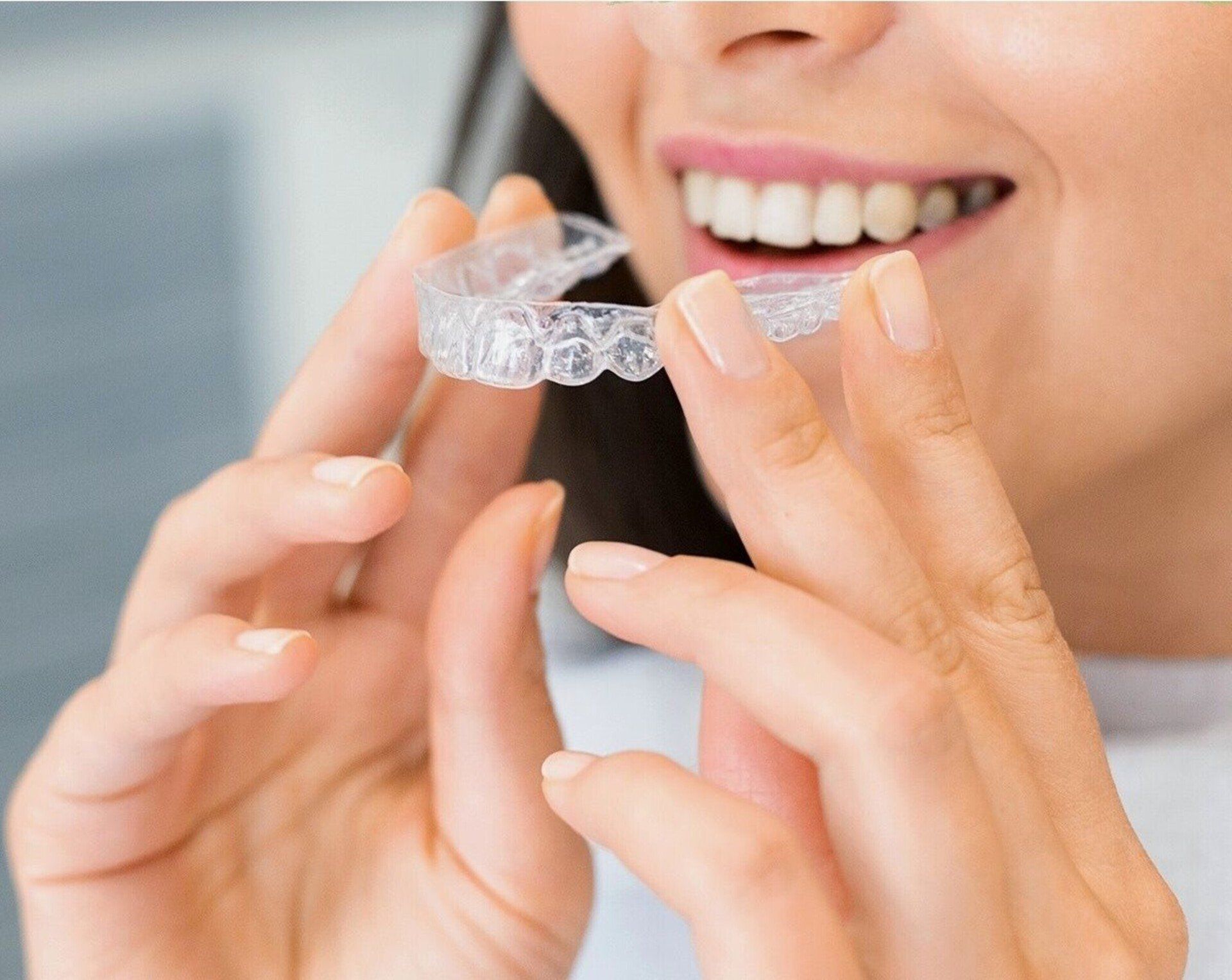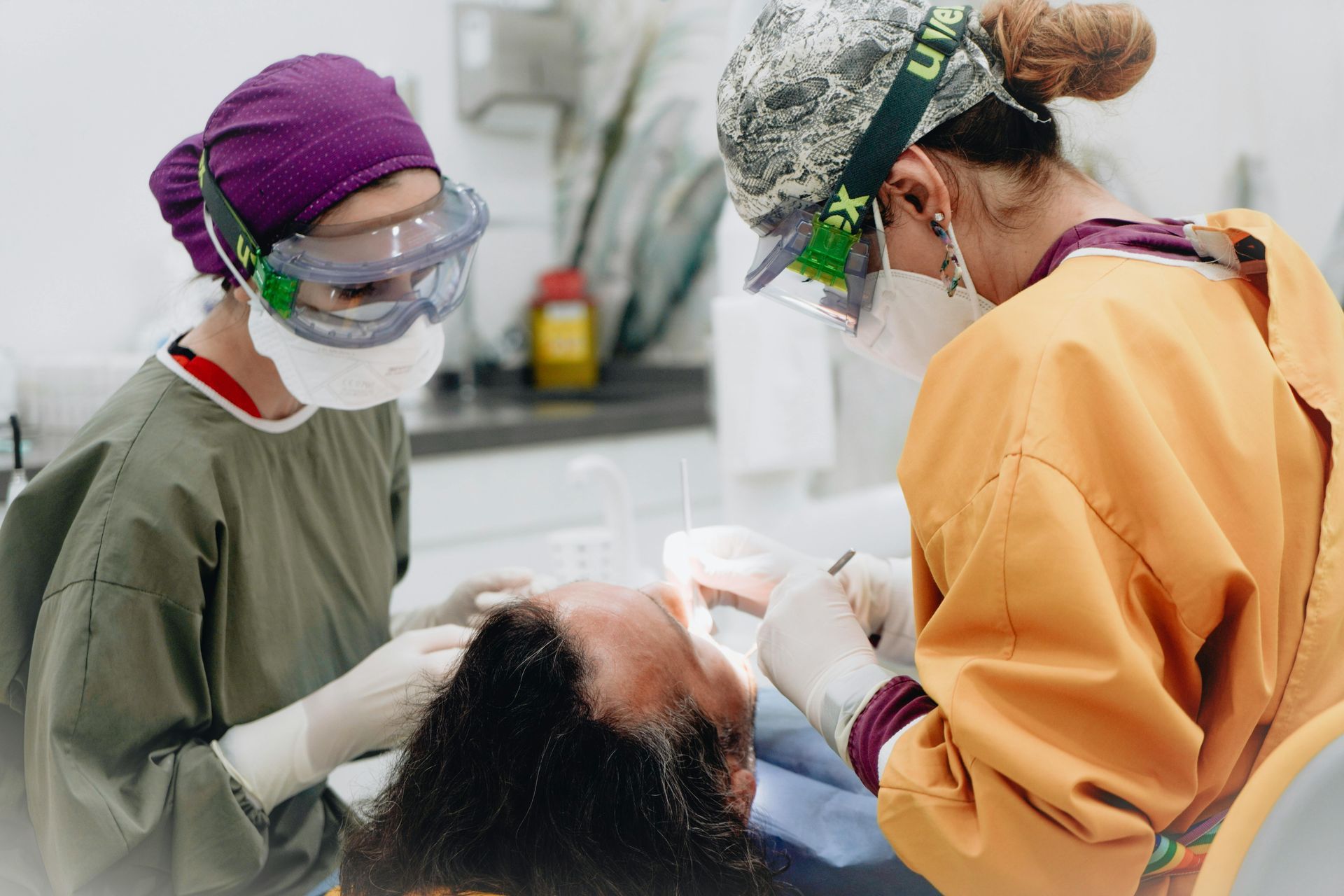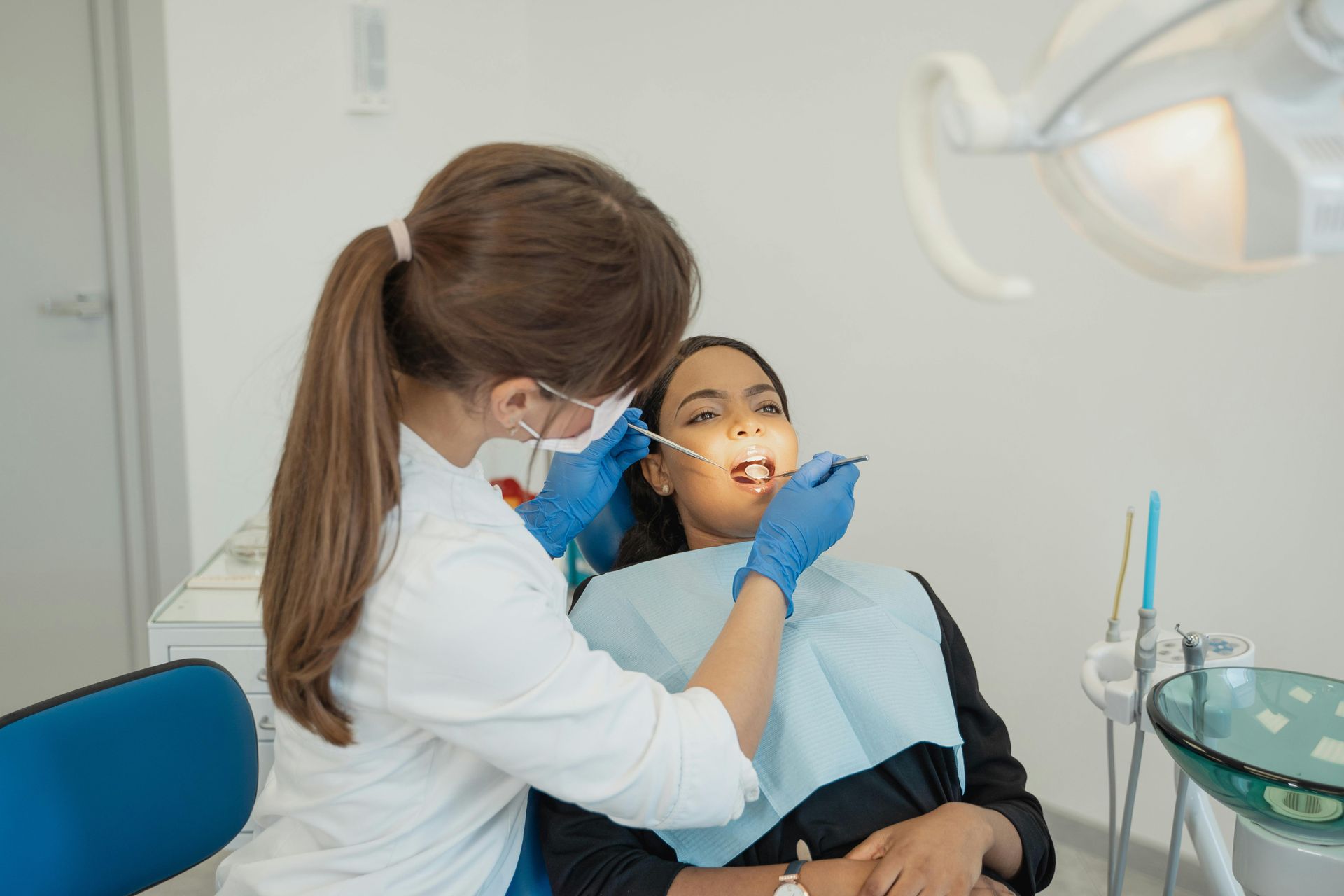The Ultimate Guide for Dental Emergencies
Recognizing Dental Emergencies
Dental emergencies can strike unexpectedly, leaving individuals in pain or distress. These situations can escalate quickly, making it crucial to respond appropriately and promptly.
From a knocked-out tooth to a severe toothache, understanding the common types of dental emergencies ensures that you can act decisively when needed. Familiarizing yourself with immediate care protocols and knowing when to seek professional help can mean the difference between saving a tooth and experiencing lasting damage.
In this ultimate guide, we will explore how to recognize dental emergencies, provide essential first aid instructions, and help you create a dental emergency kit. Equip yourself with the knowledge to effectively handle dental crises and protect your smile.
Recognizing dental emergencies is crucial for timely intervention and effective treatment. Dental emergencies encompass a wide range of issues that require prompt attention to prevent further complications. Understanding these emergencies can significantly impact oral health and overall well-being.
Common dental emergencies include:
- Knocked-Out Teeth: Handle the tooth by the crown, rinse with warm water, and store in a container of milk until you can see an emergency dentist.
- Severe Toothache: Rinse your mouth with warm water, check for food particles, and apply gentle pressure with a piece of gauze if there's bleeding. Use counter pain relievers as needed and contact your dentist.
- Broken Tooth or Tooth Fragments: Rinse your mouth with warm water and collect broken pieces or tissue fragments. Avoid using dental cement at home and seek immediate professional care.
- Sudden Toothache: Improve oral hygiene by gently flossing to remove food particles. If pain persists, schedule a dental appointment promptly.
- Severe Pain or Bleeding from Dental Injuries: Maintain gentle pressure on bleeding areas until it stops, then see an emergency dentist quickly.
By recognizing these signs of a dental emergency and taking quick action, you can ensure better dental care and prevent future complications. Remember to maintain routine check-ups to avoid dental issues like tooth decay, which could lead to more severe problems over time.
Common Types of Dental Emergencies
Dental emergencies can occur unexpectedly and often require immediate attention to minimize potential damage and discomfort. Understanding the nature of these emergencies enables individuals to respond effectively and seek appropriate care promptly. Here, we explore several common types of dental emergencies and the recommended actions to take if they occur.
Knocked-Out Teeth
A knocked-out tooth is a dental emergency where quick action can make all the difference. If a tooth is knocked out, handle it carefully by the crown, avoiding the roots. Rinse it gently with warm water without scrubbing or removing any tissue fragments. To increase the chances of saving the tooth, reposition it in the socket if possible. If not, store it in a container of milk or a tooth preservation kit and see an emergency dentist immediately.
Severe Toothaches
Severe toothaches can arise from a variety of underlying dental issues, including tooth decay or infection. For temporary relief, rinse your mouth with warm water and check for any food particles lodged in the teeth. Applying gentle pressure with a piece of gauze can help if there's associated bleeding. Counter pain relievers may provide short-term relief, but it's crucial to contact your dentist for a thorough examination and treatment.
Fractured Teeth
Fractured teeth can range from minor chips to significant breaks that expose nerves or roots. If you experience a fractured tooth, rinse your mouth with warm water to clean the area. Collect any broken pieces if possible. Avoid using dental cement or other home remedies, as professional care is essential. Schedule an appointment with your dentist promptly to assess the damage and explore suitable treatment options.
Soft Tissue Injuries
Soft tissue injuries involve harm to the cheeks, gums, tongue, or lips, often resulting from falls or accidental bites. To address these injuries, rinse your mouth with warm water to ensure the area is clean. Apply gentle pressure with a piece of gauze or a clean cloth to control bleeding. If the bleeding does not stop or is severe, seek emergency dental care. Regular dental care and routine check-ups can help maintain optimal oral health and prevent such emergencies by addressing potential dental issues before they escalate.
Immediate Care Protocols
In the event of a dental emergency, prompt and effective action can help prevent further damage and alleviate discomfort. These protocols offer guidance on handling common issues like knocked-out teeth, severe toothaches, and other urgent dental concerns. It is vital to seek professional care as soon as possible, but the following steps can help mitigate the situation until you reach an emergency dentist.
First Aid for Knocked-Out Teeth
If a tooth is knocked out, quick action is crucial to increasing the chances of saving it:
- Find the Tooth: Locate the tooth and pick it up by the crown (the part normally visible in the mouth), avoiding the roots.
- Rinse Gently: If the tooth is dirty, rinse it gently with warm water. Do not scrub or remove any tissue fragments attached to the tooth.
- Re-Insert or Store: If possible, try to reinsert the tooth into the socket, applying gentle pressure. If that is not feasible, place the tooth in a container of milk to preserve it until reaching dental care.
- Contact an Emergency Dentist: Seek immediate professional care to improve the likelihood of reattachment.
Managing Pain for Severe Toothaches
A sudden toothache can be distressing, and managing pain effectively is essential:
- Rinse and Clean: Carefully rinse your mouth with warm water to remove any food particles or debris.
- Use Pain Relievers: Counter pain relievers can help manage discomfort, but avoid placing aspirin directly on the gums as it may cause tissue damage.
- Cold Compress: Apply a cold compress on the outside of the cheek to reduce swelling and alleviate pain.
- Schedule a Dental Appointment: Arrange to see a dentist promptly to address the underlying dental issue affecting oral health.
Controlling Bleeding in Soft Tissue Injuries
For injuries to the tongue, cheeks, or gums:
- Clean the Area: Gently rinse the mouth with warm water.
- Apply Pressure: Use a piece of gauze or clean cloth to apply gentle pressure to the bleeding site.
- Monitor and Seek Help: If the bleeding stops naturally, maintain oral hygiene and monitor for further issues. Persistent bleeding should be evaluated by a professional to prevent complications.
Care for Fractured Teeth
When dealing with a broken tooth, it's key to protect the injured area while arranging for professional care:
- Rinse the Mouth: Use warm water to clean the mouth and rinse away any debris.
- Preserve Broken Pieces: If possible, collect any broken pieces or chips for the dentist to evaluate.
- Temporary Protection: Use dental cement or sugarless gum to cover the fracture if there is jaggedness or sensitivity to reduce discomfort temporarily.
- Consult Your Dentist: Contact your dentist for a prompt appointment to repair the damaged tooth, preventing further injury or tooth decay.
Implementing these immediate care protocols can significantly impact the outcome of dental emergencies. Nevertheless, routine check-ups and maintaining good oral hygiene remain crucial for preventing a wide range of dental issues.
When to Seek Professional Help
Dental emergencies can be distressing and often require prompt attention to prevent further complications. Identifying when to seek immediate professional care can be crucial for maintaining your oral health. Emergency dental issues can range from knocked-out teeth to severe pain, and knowing how to handle these situations ensures effective dental care and minimizes long-term damage.
Identifying Urgent Situations
Urgent dental situations are those that require immediate attention from an emergency dentist. Here are some examples:
- Knocked-Out Teeth: If a tooth gets knocked out due to an accident, act quickly. First, find the tooth and rinse it gently with warm water to remove any dirt. Try to place it back into its socket without forcing it. If that’s not possible, store it in a container of milk or your own saliva until you reach the dentist.
- Severe Toothache: Sudden toothache or severe pain can indicate serious dental issues like an abscess or tooth decay. Rinse your mouth with warm water and gently floss to remove any food particles. If the pain persists, apply a cold compress and seek immediate dental care.
- Broken Tooth: For a broken tooth, rinse your mouth with warm water and save any broken pieces. Apply a cold compress to the affected area to minimize swelling and pain, and see an emergency dentist promptly.
- Excessive Bleeding: If you're experiencing uncontrolled bleeding in your mouth following an injury or surgery, apply a piece of gauze with gentle pressure. If the bleeding stops, it might not be an emergency, but if visible bleeding continues, it's time to contact a professional.
Knowing When to Wait for Regular Appointments
Not all dental issues require immediate intervention. Understanding when you can wait for a routine check-up can save you unnecessary stress and expense.
- Minor Toothache: If the pain is mild and not persistent, it may be due to temporary gum irritation or minor food particles stuck between teeth. Maintain oral hygiene by brushing and flossing regularly, and monitor the situation before a routine dental appointment.
- Chipped Tooth Without Pain: A small chip without any accompanying severe pain or sharp edges that hurt your tongue can likely wait. Sugarless gum can temporarily cover sharp edges to prevent tissue fragments from damage until you see your dentist.
- Lost Crown or Filling: If a crown or filling falls out, it's advisable to use over-the-counter dental cement to temporarily restore it.
However, priority should be given to ensuring it is professionally re-attached to prevent tooth decay.
In summary, recognizing the severity of your dental issue allows you to take swift and appropriate actions. While some situations need urgent professional care, others may be safely managed at home awaiting a dental appointment. Routine check-ups and maintaining good oral hygiene play a key role in preventing a wide range of dental emergencies. Always remember, when in doubt, consult a professional for guidance.
Creating a Dental Emergency Kit
Dental emergencies can happen at any moment, and being prepared with a dental emergency kit can make a significant difference in handling these situations efficiently. Whether you're facing a knocked-out tooth, severe toothache, or bleeding gums, having the right tools at your fingertips can help mitigate pain and prevent further damage while you seek professional care. Not only does a well-stocked dental emergency kit aid in quick action during emergencies, but it also provides peace of mind knowing you're ready for a wide range of dental issues.
Essential Items to Include
When assembling a dental emergency kit, consider including the following crucial items:
- Pain Relievers: Over-the-counter pain relievers, such as ibuprofen or acetaminophen, can help manage severe pain or discomfort until you can visit an emergency dentist.
- Dental Cement: Temporary dental cement is useful for reattaching broken pieces or crowns and can provide temporary relief before a dental appointment.
- Gauze Pads: A piece of gauze is essential for applying gentle pressure to stop bleeding in cases of soft tissue injuries or a broken tooth.
- Container of Milk: If a tooth is knocked out, placing it in a container of milk can help preserve the tooth's viability until it's reimplanted by a dental professional.
- Warm Water: Essential for rinsing the mouth to clear away food particles or debris, warm water can be soothing during a sudden toothache or when treating minor dental injuries.
- Sugarless Gum: This can be used as a temporary fix for a lost filling—press it into the cavity to protect the exposed area.
- Tweezers: Handy for removing any small debris or tissue fragments lodged in the gum or teeth area.
- Dental Floss: Unwaxed dental floss can help dislodge food particles trapped between teeth that cause discomfort or irritation.
- Ice Pack: Useful to reduce swelling and numbness in cases of dental trauma.
- Contact Information: A list of emergency dental contacts can ensure you can quickly reach an emergency dentist when needed.
Organizing these items in a compact container will ensure that your dental emergency kit is easy to carry and access during potential dental care needs. Regularly checking expiry dates on medications and refreshing the kit's supplies during routine check-ups can ensure your kit remains effective and ready for use. Proactive preparation and prompt response in the face of dental emergencies can greatly influence your oral health outcomes.
Understanding Differences Between Urgent and Routine Dental Care
Understanding the differences between urgent and routine dental care is crucial for maintaining optimal oral health. Urgent dental care addresses issues that require immediate attention, such as severe toothache, dental injuries, or knocked-out teeth. These situations demand quick action to prevent further complications and ensure effective treatment.
Urgent Dental Care Scenarios:
- Severe pain from a sudden toothache
- Dental injuries like a broken tooth
- Knocked-out teeth
Routine dental care, on the other hand, focuses on preventing issues before they arise. Regular check-ups, professional cleanings, and monitoring tooth decay are all part of maintaining long-term dental health.
Routine Dental Care Includes:
- Routine check-up appointments
- Oral hygiene practices
- Preventive treatments like fluoride applications
To handle emergencies effectively, it's essential to know when to seek emergency dental care and when a situation can wait for a scheduled dental appointment. For instance, handling a knocked-out tooth involves contacting an emergency dentist immediately and preserving the tooth in a container of milk until you receive professional care.
Incorporating both urgent and routine care into your dental care routine ensures a wide range of benefits, from managing unexpected issues to maintaining overall oral health.
At Wexford Dental we offer only what you need dentistry in Scarborough. Call us today at 416-222-82-96 for a general review to discuss the best procedure for you.

